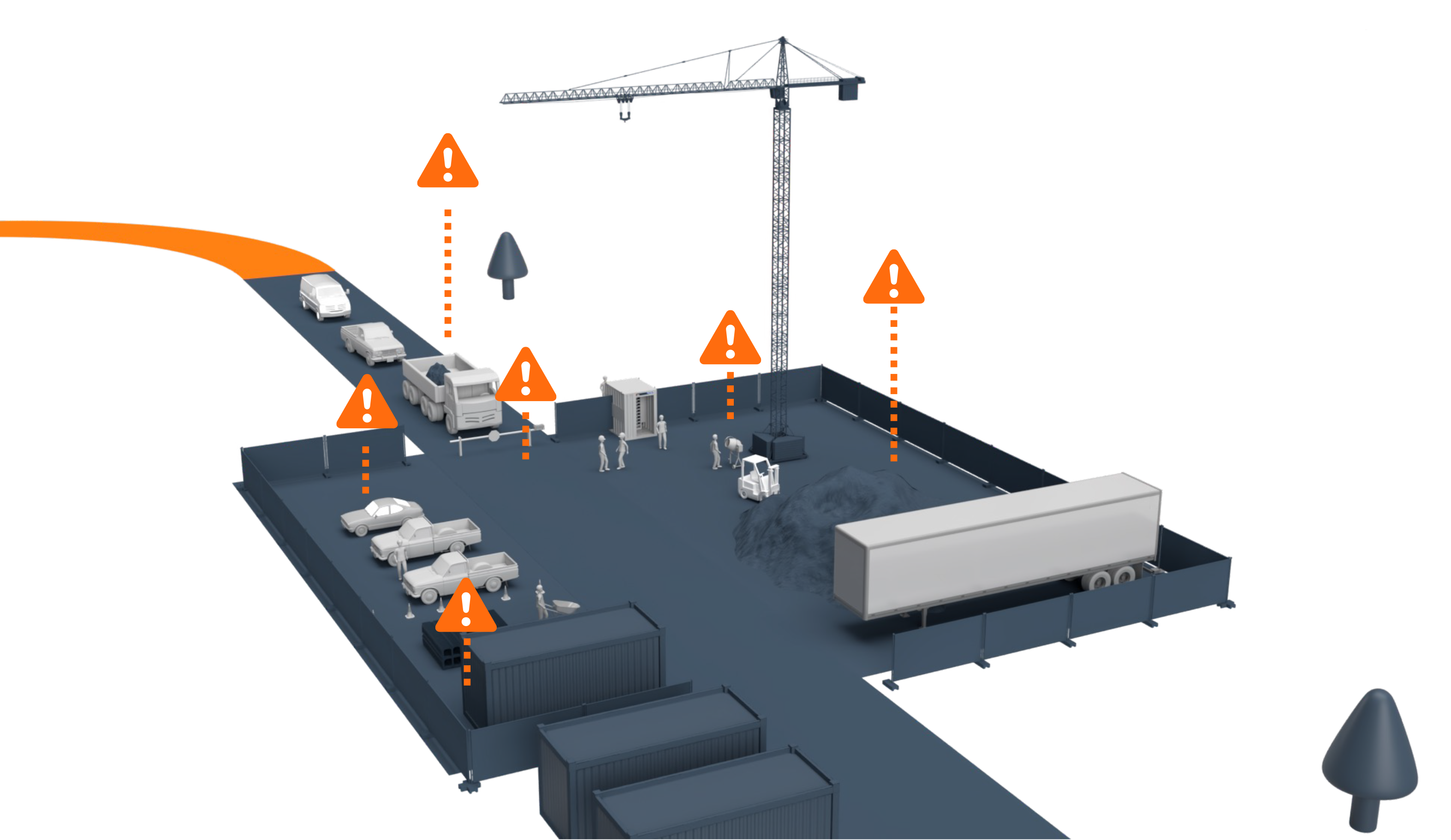In an industry where no two jobs, no two sites and no two workforces are the same, one constant is the element of risk involved. Before anyone steps foot on site, it is someone's job to identify all potential slip ups so they can be monitored and mitigated for the duration of the project. In an area so multifaceted, where do we start?
Knowing the Risk
As a contractor, risk management underpins everything you do. Before you can put together a plan around mitigating risks, you must first understand the myriad of ways in which a project can be negatively impacted.
Risks can be broken down into four key categories:
1. Safety Risk encompasses anything that could bring harm to your workforce. Most of the jobs on a construction site have an element of danger and result in accidents such as falls, machinery accidents and electrical dangers. Even the most skilled and experienced workers are at risk of hazards.
2. Project Risk relates to factors which put a project behind schedule. This can range from workforce issues to broken down machinery – anything that means work is forced to slow down or come to a complete halt.
3. Financial Risks are often caused by project risks or any other aspect which could produce additional costs, causing you to go over budget or stopping cash flow all together. Without money no one can be paid, and you can’t buy supplies or rent equipment.
4. Environmental Risk is an aspect of risk management that can be out of your control but must still be considered. Natural hazards such as floods can leave your construction site suddenly inaccessible, creating costly delays.
Obeying the letter of the law
Over the years, legislation has been put in place to streamline the way we work, ensure that construction sites are as safe as possible and maintain high quality standards. This guidance covers a whole range of areas from environmental standards, employment law and health and safety.
One such regulation is The Construction (Design and Management) Regulations (CDM) which was put in place in 2015 with the aim of reducing risks in all areas of construction. CDM underlines the laws which apply to the entire construction process, from concept to completion, and how to comply with these laws to carry out projects with health and safety at the forefront of our minds.
As with many things in the construction industry, these regulations can only make a difference if following them doesn’t become a box ticking exercise. The stigma around rules and regulations means that many see compliance as red tape which prevents them from simply turning up and doing their job in the quickest and easiest way possible. Instead, regulations should be viewed as a minimum standard and best practice should be the aim.

